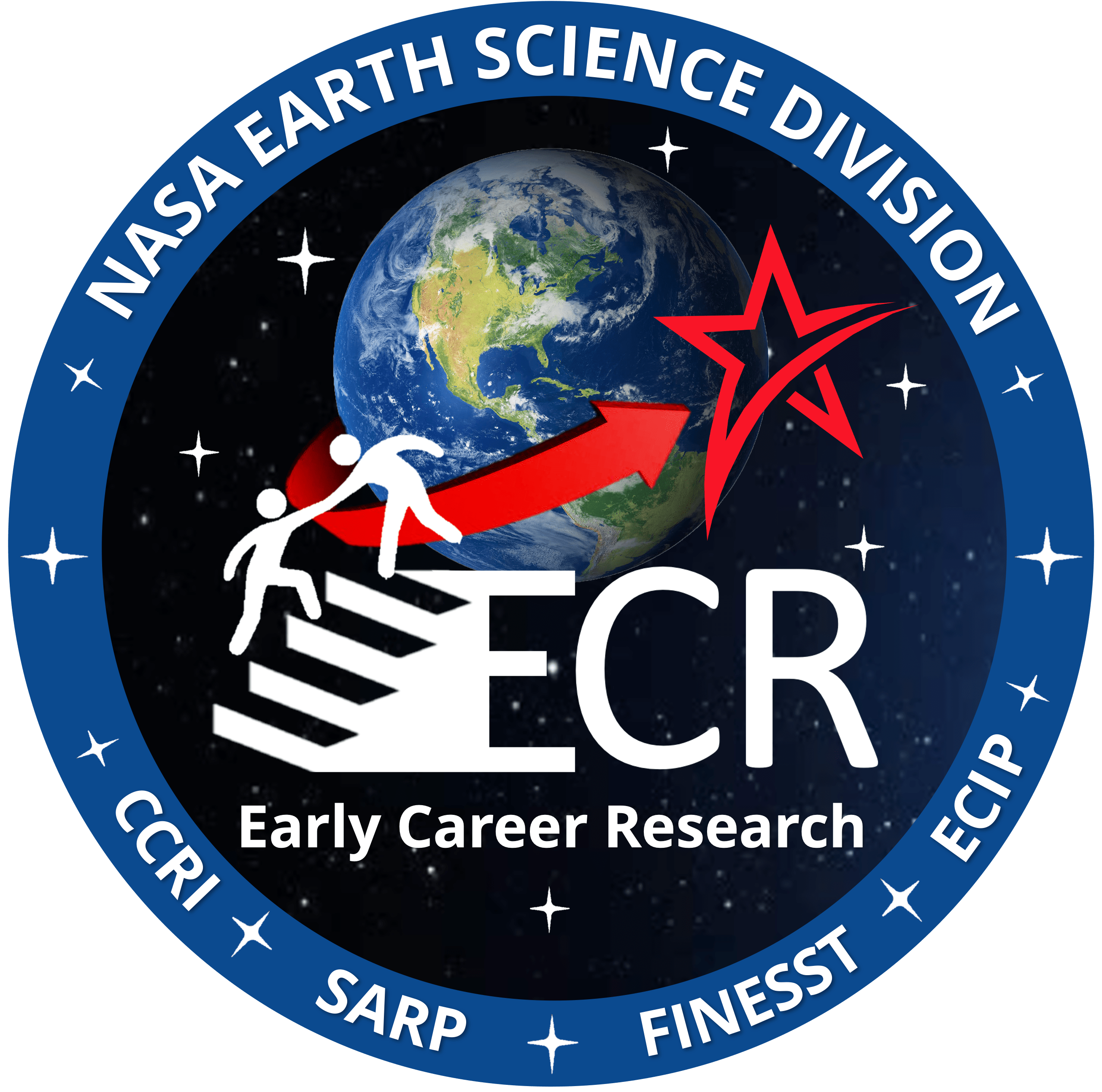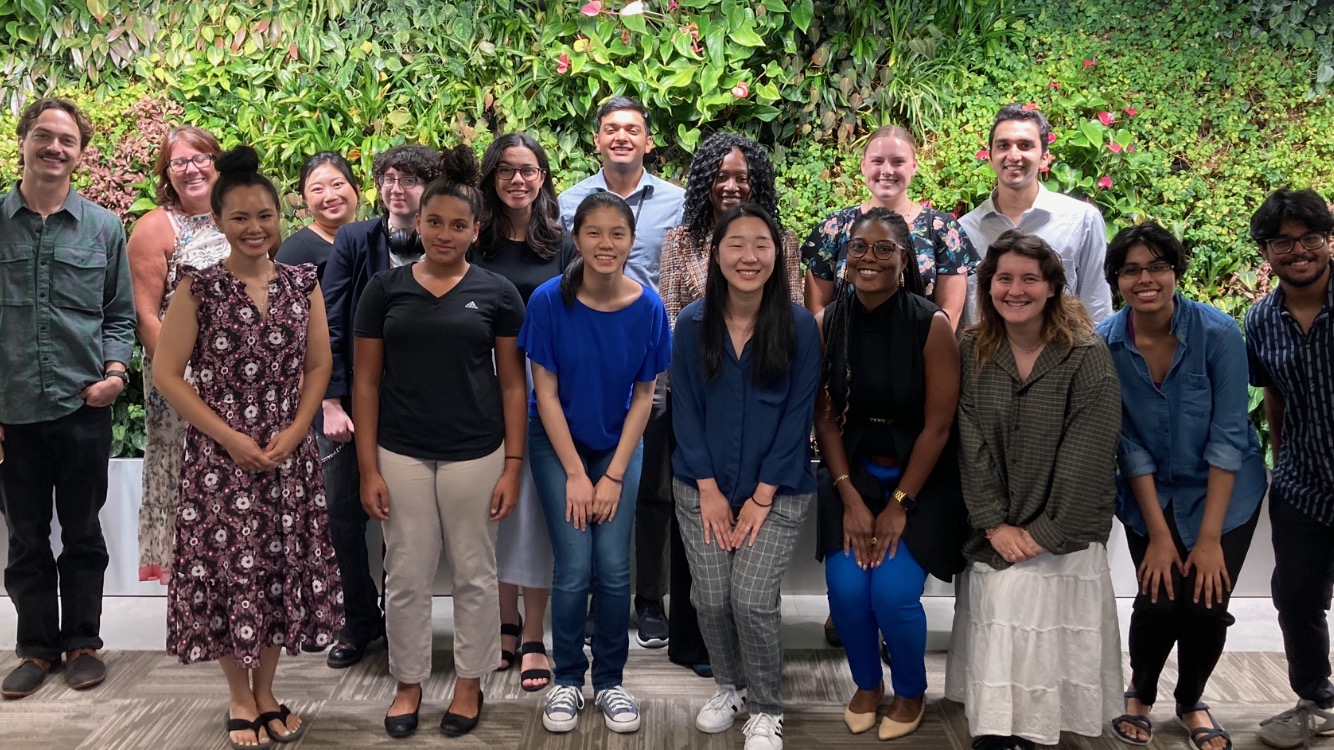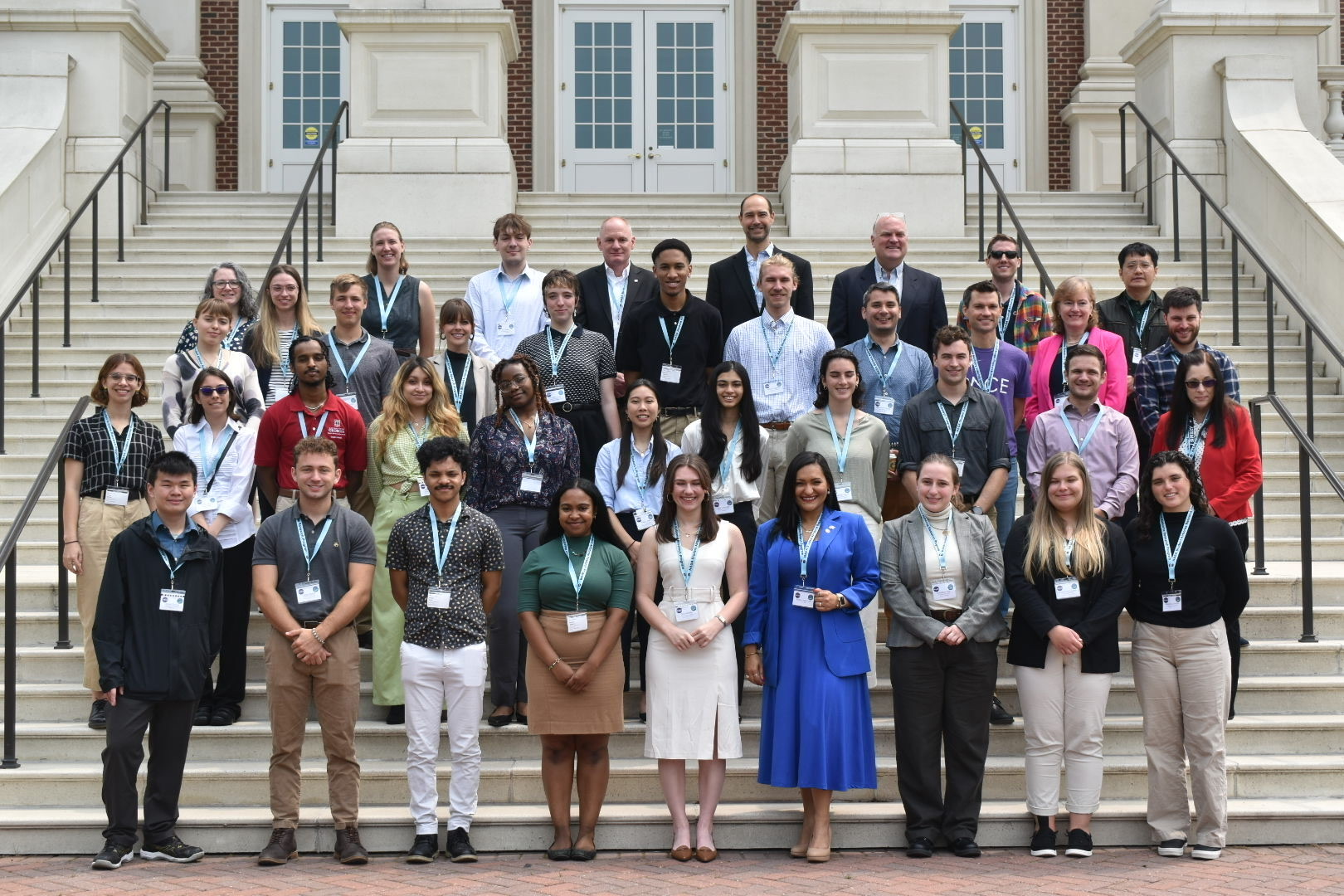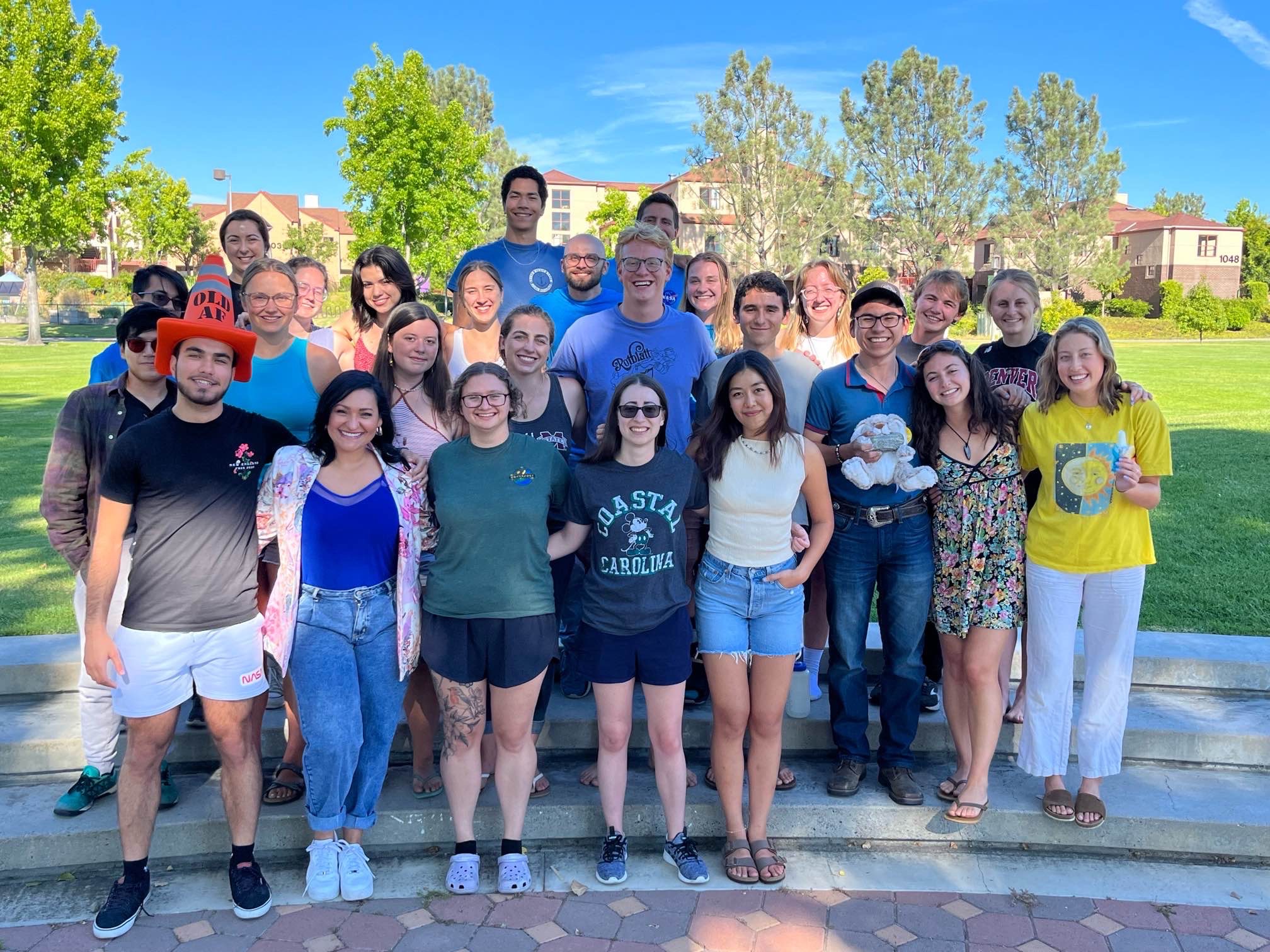Early Career Research Program
Are you an educator, high school student, undergraduate student, graduate student, or someone in the early stage of their career looking to do research focused on NASA Earth Science? If so, NASA’s Earth Science Division (ESD) has a variety of opportunities for you.
The Early Career Research (ECR) Program’s vision is to empower the next generation of Earth science researchers to create a diverse and inclusive workforce that enables solutions to benefit society, respond to changes in the Earth’s system, and to support the Earth Science to Action. ECR is striving for excellence in Earth science sharing these five core values.
- Discovery - Support outstanding and innovative scientific research to advance NASA's mission in Earth System Science.
- Diversity - Enable greater participation in Earth Science by cultivating diverse scientific leadership.
- Inclusion - Foster sense of belonging and create safe spaces.
- Community – Develop sustained relationships for collaboration and support.
- Action - Make Earth science data more usable and impactful for the benefit of humanity.
These values help build a foundation to achieve excellence in Earth Science.
ECR is opening new doors and creating new opportunities with the following programs.
Note: Application and proposal requirements may change on a yearly basis. See individual program websites for additional details and official deadlines.

Climate Change Research Initiative
The Climate Change Research Initiative (CCRI) is a NASA year-long STEM engagement and experiential learning opportunity for educators, high school students, undergraduate students, and graduate students. This program is unique as diverse teams from a variety of career stages collaborate to research a climate-related issue and then cocreate curriculum for use in high school classrooms.
CCRI provides an opportunity to work directly with NASA scientists and research teams in a NASA research project hosted at either the NASA Goddard Institute for Space Studies and City University of New York (CUNY) College of Technology in New York City, NY, or the NASA Goddard Space Flight Center in Greenbelt, MD.


How to apply
The application deadline for Summer 2024 CCRI high school and undergraduate internship opportunities was Oct. 20, 2023 at intern.nasa.gov.
Questions: Matthew Pearce
Student Airborne Research Program


The Student Airborne Research Program (SARP) is an eight-week summer internship program for rising-senior undergraduates. SARP is a unique NASA internship that gives the students hands-on experience in Earth system science research as, well as in all aspects of a scientific campaign.
The NASA Airborne Science Program maintains a fleet of aircraft used for studying Earth system processes, calibration/validation of space-borne observations, and prototyping instruments for possible satellite missions. SARP participants assist in the operation of instruments onboard one of these aircraft.
Research areas include atmospheric chemistry, air quality, forest ecology, soil moisture, and ocean biology.

How to apply
The SARP 2024 applications were due January 31, 2024.
Questions: SARP Team
Future Investigators in NASA Earth and Space Science and Technology
The Science Mission Directorate (SMD) Future Investigators in NASA Earth and Space Science and Technology (FINESST) solicitation provides NASA research grants for graduate students (Future Investigators), with a faculty mentor as Principal Investigator. These projects are graduate student-designed and performed research projects. Five SMD divisions at NASA Headquarters, i.e., Astrophysics, Biological and Physical Sciences, Earth Science, Heliophysics, and Planetary Science, conducted/provided oversight for the review and selection process.
At the Earth Science Division, FINESST22 projects vary in topic from looking at data systems and technology, putting Earth science research into action, and understanding components of the Earth system. The awards are up to 3 years and up to $50K per year.

How to apply
The FINESST23 solicitation currently closes on February 6, 2024; however, when final dates are established, this program element will be amended, full information will be provided in a revised solicitation document, and the close date will be changed to reflect the proposal due date. Applications will be submitted through the NASA Solicitation and Proposal Integrated Review and Evaluation System (NSPIRES).
Questions: ECR Team
Early Career Investigator Program in Earth Science
NASA’s Early Career Investigator Program in Earth Science (or ECIP-ES), formally known as the New (Early Career) Investigator Program in Earth Science (or NIP), welcomes innovative research initiatives and seeks to cultivate diverse scientific leadership in Earth System Science, specifically for those just having received their PhD.
Projects focus across ESD priorities such the investigator’s ability to promote and increase the use of space-based remote sensing, the integration of space-based remote sensing data with other datasets (e.g., surface, air) and into models, and the delivery of actionable Earth science ― making Earth science data more usable and impactful for the benefit of humanity.

How to apply
The ECIP-ES solicitation closed August 11, 2023. Proposals are solicited every 3 years. Award duration can be for up to 3 years. Opportunities will be announced on NSPIRES.
Questions: ECR Team
Other Opportunities
There are other additional internships and opportunities at NASA, outside of the Early Career Research Program for those in the early stages of their career.
DEVELOP is a unique experience in which participants work with communities and organizations to address environmental and policy concerns through the practical application of NASA Earth science information.
NASA Postdoctoral Program (NPP) spend several years with scientists and engineers at NASA centers and institutes working on assignments in Earth and space sciences, aeronautics, space operations, exploration systems, and astrobiology.
The GLOBE (Global Learning and Observations to Benefit the Environment) Program is an international science and education program that focuses on promoting scientific literacy and building connections between people passionate about the environment. GLOBE learners also investigate and study Earth System Science through their own research projects and those led by NASA.
